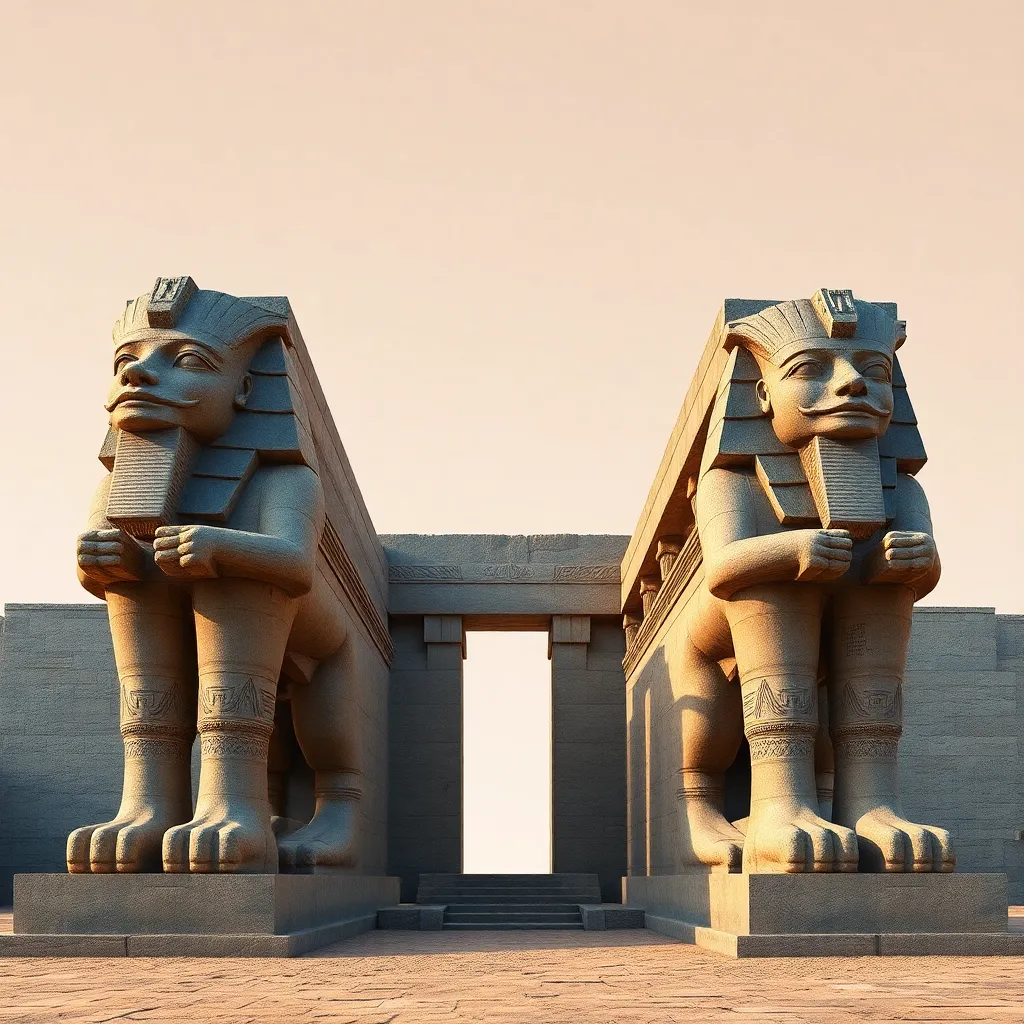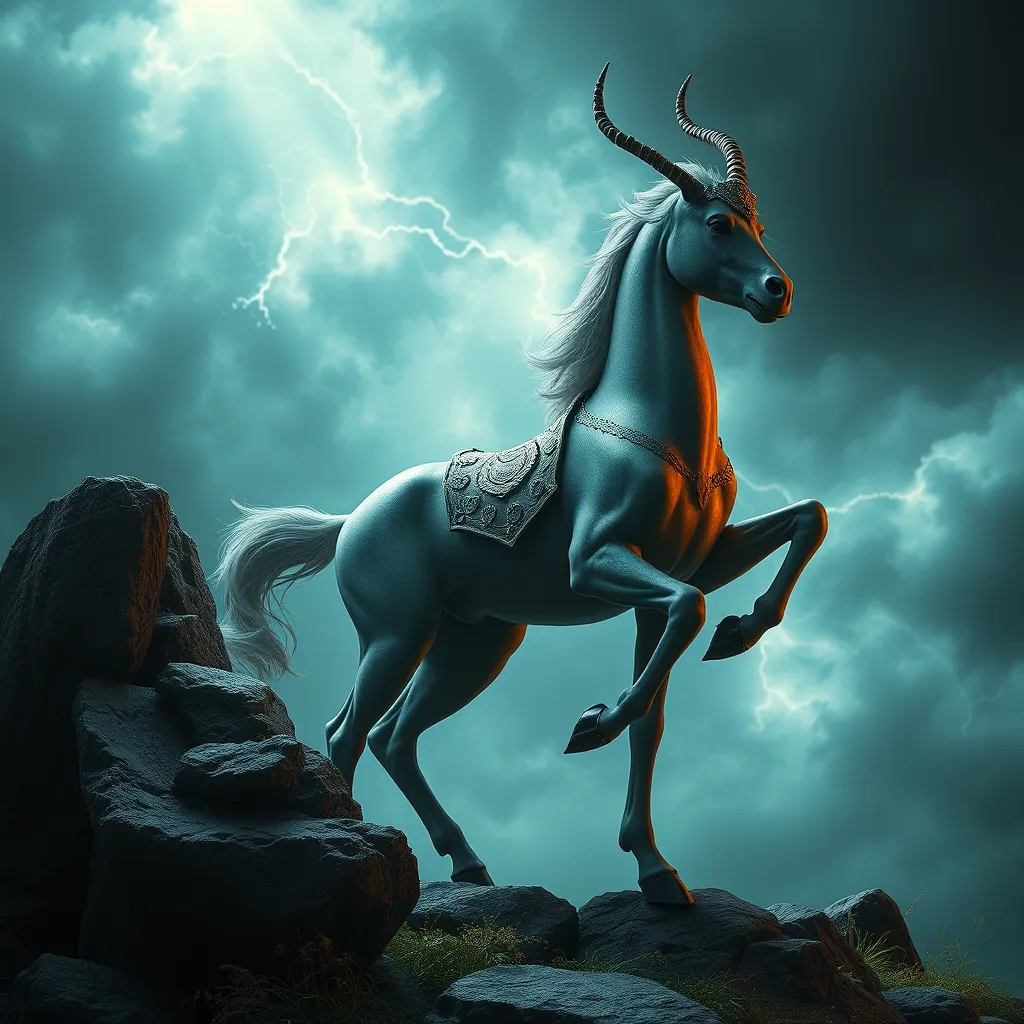The Cyclops in Modern Literature: Exploring the One-Eyed Giant in Contemporary Writing
I. Introduction
The myth of the Cyclops, a one-eyed giant, has captivated audiences since ancient times, particularly through its portrayal in classical literature. Most notably, Homer’s “Odyssey” features the Cyclops Polyphemus, whose encounter with Odysseus serves as a cautionary tale about hubris and the consequences of underestimating one’s adversaries. The Cyclops has become a significant literary figure, representing not only physical might but also the complexities of human nature.
This article aims to examine the representation and evolution of the Cyclops in modern literature, exploring how this ancient archetype continues to resonate with contemporary themes of identity, otherness, and power dynamics.
II. The Cyclops Archetype: Origins and Evolution
The origins of the Cyclops can be traced back to ancient texts, where these creatures were often depicted as brutish and solitary. In Homer’s “Odyssey,” Polyphemus embodies the dangers of isolation and the consequences of unchecked strength. The Cyclops is portrayed not only as a formidable foe but also as a tragic figure, evoking both fear and sympathy.
The Cyclops archetype has undergone transformation through various cultures:
- Greek Mythology: Cyclopes were depicted as skilled craftsmen and builders, creating weapons for the gods.
- Roman Literature: The Cyclops became synonymous with barbarism and chaos, often representing the triumph of civilization over savagery.
- Folklore: In different cultures, the Cyclops appears as a monster to be conquered, reflecting societal fears of the unknown.
This evolution highlights how the Cyclops has influenced modern storytelling, shaping narratives that delve into the complexities of human existence.
III. The Cyclops as a Symbol of Otherness
In contemporary literature, the Cyclops has emerged as a powerful symbol of otherness. This representation often serves as a reflection of societal fears and prejudices, challenging readers to confront their own biases.
The theme of isolation and alienation is prevalent in modern interpretations of the Cyclops:
- Isolation: Cyclopean characters often exist on the fringes of society, mirroring the experiences of marginalized groups.
- Alienation: The one-eyed giant can symbolize the struggle for acceptance and the desire for connection in a fragmented world.
Case studies of contemporary authors utilizing the Cyclops to explore identity and belonging include:
- The Brief Wondrous Life of Oscar Wao by Junot Díaz: The Cyclops metaphorically represents Oscar’s struggle with cultural identity.
- Circe by Madeline Miller: The character of Polyphemus is reimagined, allowing for a deeper exploration of loneliness and desire.
IV. Reimagining the Cyclops: Gender and Power Dynamics
Modern literature has begun to subvert traditional gender roles by reimagining the Cyclops as a female figure. This shift highlights the complexities of gender dynamics and power structures.
Female Cyclopes challenge preconceived notions of femininity and strength:
- Subversion: Female Cyclopes often embody both nurturing and destructive qualities, reflecting the duality of power.
- Authority: These characters can serve as allegories for female empowerment, questioning patriarchal norms.
Examples from contemporary novels and poetry illustrate this reimagining:
- The Girl With All the Gifts by M.R. Carey: Features a female protagonist with Cyclopean traits, representing resilience and strength.
- The Power by Naomi Alderman: Explores themes of female dominance, using Cyclopean figures as symbols of authority.
V. The Cyclops in Popular Culture
The representation of the Cyclops has extended beyond literature into film, television, and graphic novels, showcasing its versatility as a character. Adaptations often recontextualize the Cyclops within modern narratives, blending myth with contemporary themes.
Popular culture has significantly influenced the perception of the Cyclops in literature:
- Film: Movies like “The Clash of the Titans” depict the Cyclops as a misunderstood creature, merging heroism and monstrosity.
- Television: Series such as “American Horror Story” feature Cyclopean characters that challenge societal norms and expectations.
- Graphic Novels: Works like “The Sandman” explore the Cyclops as a metaphor for the human condition, blending myth with existential themes.
VI. The Cyclops as a Catalyst for Change
In many modern narratives, the Cyclops serves as a catalyst for character development and plot progression. This role underscores the importance of transformation and redemption associated with Cyclopean characters.
Themes of redemption and transformation are prevalent in stories where the Cyclops plays a pivotal role:
- Character Development: Encounters with Cyclopean figures often force protagonists to confront their fears and biases.
- Plot Progression: The presence of the Cyclops can catalyze significant changes in the storyline, driving characters toward self-discovery.
Notable works where the Cyclops serves as a pivotal force in the narrative include:
- Oedipus Rex by Sophocles: The Cyclops metaphorically represents fate and the inescapable nature of one’s choices.
- The Metamorphosis by Franz Kafka: The themes of transformation resonate with the Cyclopean struggle for identity.
VII. Critical Perspectives on the Cyclops in Contemporary Literature
Literary critiques and academic analyses of Cyclopean characters reveal diverse interpretations of this archetype. Scholars have examined the Cyclops through various lenses, including post-colonial and feminist perspectives.
The Cyclops can serve as a focal point for discussions on:
- Post-Colonial Literature: The Cyclops represents the ‘Other,’ challenging colonial narratives and exploring themes of identity.
- Feminist Literature: The reimagining of the Cyclops highlights gender dynamics, critiquing patriarchal structures.
Diverse interpretations and reader responses to the Cyclops motif enrich the dialogue surrounding its significance in contemporary literature.
VIII. Conclusion
In summary, the exploration of the Cyclops in modern literature reveals key themes of otherness, power dynamics, and transformation. This one-eyed giant continues to be a relevant figure, reflecting societal fears and aspirations.
The enduring relevance of the Cyclops in contemporary storytelling underscores its adaptability and significance in addressing complex human experiences. As literature evolves, so too will the representations of the Cyclops, providing fertile ground for future studies and creative writing.




